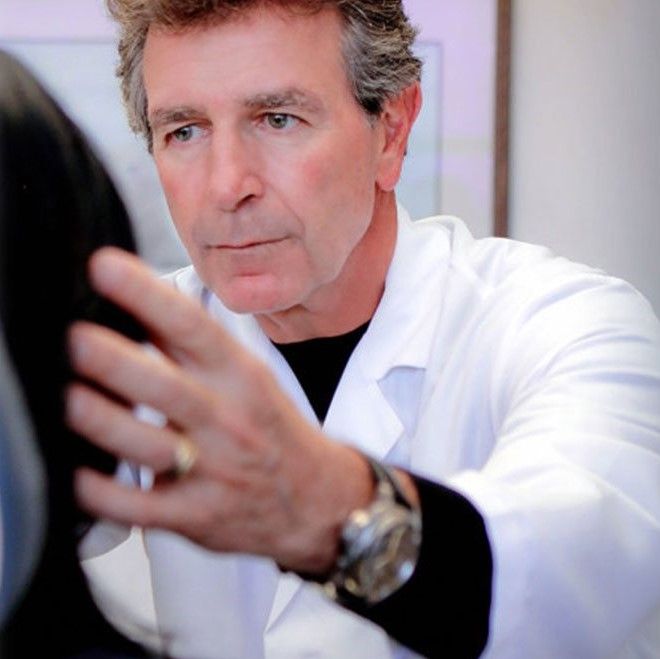- Acne
- Actinic Keratosis
- Aesthetics
- Alopecia
- Atopic Dermatitis
- Buy-and-Bill
- COVID-19
- Case-Based Roundtable
- Chronic Hand Eczema
- Chronic Spontaneous Urticaria
- Drug Watch
- Eczema
- General Dermatology
- Hidradenitis Suppurativa
- Melasma
- NP and PA
- Pediatric Dermatology
- Pigmentary Disorders
- Practice Management
- Precision Medicine and Biologics
- Prurigo Nodularis
- Psoriasis
- Psoriatic Arthritis
- Rare Disease
- Rosacea
- Skin Cancer
- Vitiligo
- Wound Care
Article
The art of assessment: What is beauty?
Author(s):
Dr. Michael Persky offers insight and expertise in the subjective and objective comparisons of beauty.
Dr. Persky

In his presentation, “What is Beauty?” at the recent Global Aesthetics conference in Miami, Florida, Michael Persky, M.D., Encino, Calif., discussed the difference between subjective and objective comparisons of beauty.
“I think I presented both sides of the coin. It’s both subjective - in the eye of the beholder - and objective,” he says.
On the subjective side, he says that defining beauty really depends on who you’re talking to.
Among the various answers are, “beauty’s in the eye of the beholder, beauty’s only skin-deep, beauty is a feeling,” he says. “And there are things that we do that enhance the beauty that we project outward, such as our attitude, our confidence, our happiness and our energy.”
Dr. Persky says that the golden ratio can be used to find the measurement of objective beauty.
The golden ratio, also known as the ratio of beauty, is a mathematic ratio of 1 to 1.618.
Commonly referenced in its use in art, the ratio is believed also to reveal the ideal proportions of the human face.
“Bella Hadid has been voted the most ‘scientifically’ beautiful woman in the world.... They measured the proportions around her eyes, her cheeks and her mouth,” he says.
A literature review published in Aesthetic Plastic Surgery examined quantitative evidence of the use of facial measurements to create “beauty” in aesthetic practice.1
Study authors asked the question, “Is there a science behind the art of assessment and if so is it measurable? They concluded that, much like the opinion of Dr. Persky, it’s a bit of both.
“Despite measures of the beauty of individual components to the sum of all the parts, such as symmetry and the golden ratio, we are yet far from establishing what truly constitutes quantitative beauty. Perhaps beauty is truly in the ‘eyes of the beholder’ (and perhaps in the eyes of the subject too),” the authors write.
Dr. Persky says that its ingrained in humans to notice beauty.
“The human brain perceives beauty within a millisecond. In practice, when we’re looking at someone, the immediate perception of beauty has to do with symmetry, proportions, average,” he says.
When using this knowledge in his practice, Dr. Persky says that it’s important to have an artistic eye, much like an artist, in order to produce the best results.
“Michelangelo said that he saw the angel within the marble and carved until he set it free,” Dr. Persky says. “I think that’s what we do. When we see our patients, we look at them, we evaluate, and then decide what we can do to carve the angel free.”
References:
1. Harrar H, Myers S, Ghanem AM. Art or Science? An Evidence-Based Approach to Human Facial Beauty a Quantitative Analysis Towards an Informed Clinical Aesthetic Practice. Aesthetic Plast Surg. 2018;42(1):137-146.
Newsletter
Like what you’re reading? Subscribe to Dermatology Times for weekly updates on therapies, innovations, and real-world practice tips.














